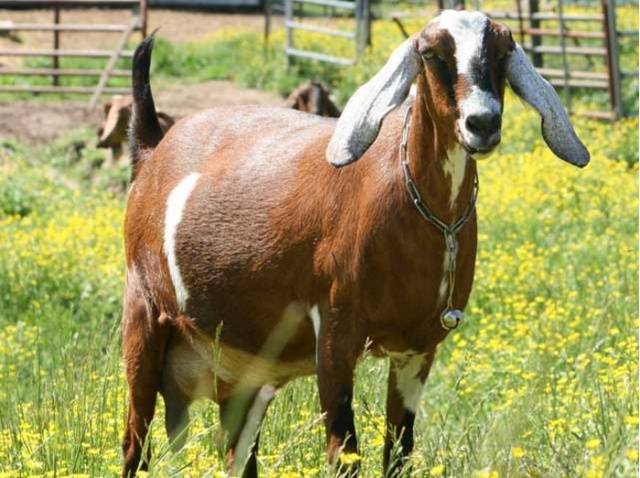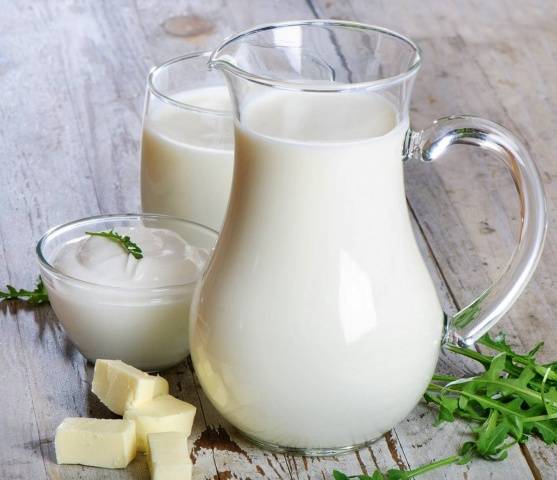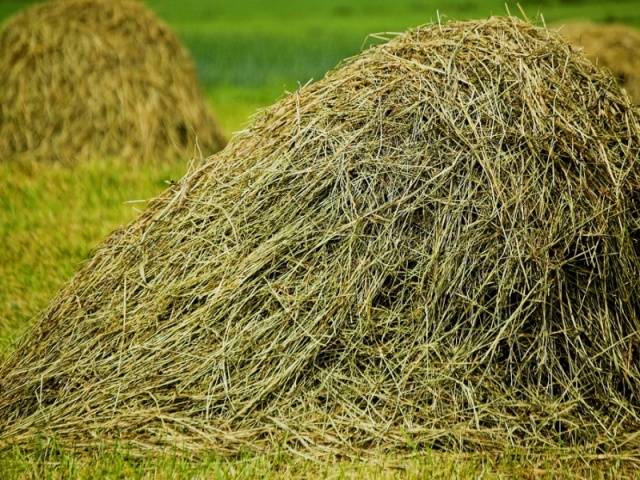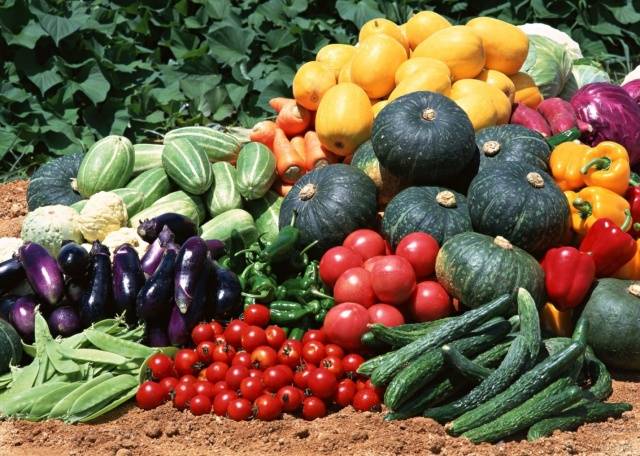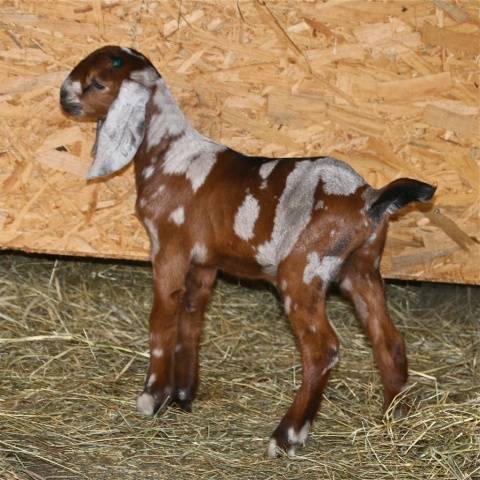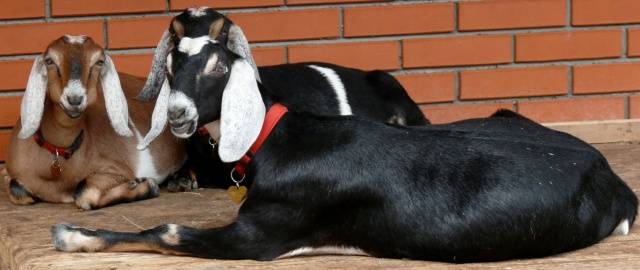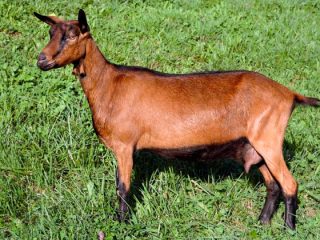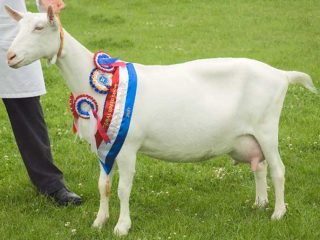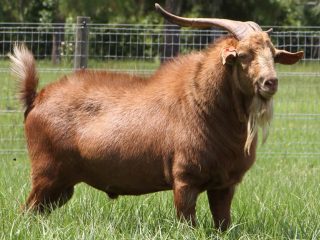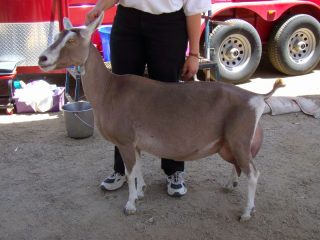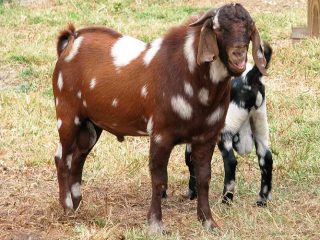Content
A goat breed that has not yet become widespread in Russia. But it causes interest and close attention of breeders and farmers.
History of the breed
The Nubian or Anglo-Nubian breed traces its ancestry to African goats from the Nubian Desert. Hence the name of the breed.
British farmers, based on the genetic material of goats from the extremely arid regions of Africa, crossed with local, Swiss and Indian breeds. The merit of the English breeders was duly appreciated, therefore the breed is called Anglo-Nubian, but for brevity, the breed is often called Nubian.
American breeders have worked quite successfully to improve the productive qualities of the breed. It was from America that the first representatives of the Nubian breed were brought to Russia.
In Russia, there are very few purebred individuals of the Nubian breed; interest in the breed is constrained by the financial component. Purebred animals are quite expensive, so farmers are quite restrained in their attitude to the breed.
Description
There is no specific standard for Nubian goats in Russia. The appearance of nubies is distinguished, first of all, by long, wide, drooping ears, which are located below the level of the animal's muzzle. The standard applies when the tips of the ears are in the line of the nostrils. The head is small, oval, slightly flattened at the sides. The nose is wide with a hump, which also belongs to the characteristic recognizable standards of the breed. Hornless goats, as a rule, have horns. Although, according to the English standard, the goat should be hornless.
The neck is strong, of medium length, the body is quite massive, muscular, strong, since the Nubian goats have meat and dairy direction... The body is shaped like a rectangle. Legs are thin, slender, proportional. The udder is large, consists of 2 lobes, the nipples are long, elongated.
The coat of Nubian goats is short, shiny, of very different colors. Goats are black, white, all shades of brown, brown and white, black and white, golden.
Breed standard: black skin, possibly gray, tanned skin not acceptable.
Disadvantages: Animal size, very different from the standard, twisted tail, horns.
By nature, animals are different. There are calm individuals that make good contact with humans, respond to nicknames. But mostly Nubians are fidgets and behave quite noisy. The temperament of animals in general depends on the conditions of keeping and feeding.
Performance characteristic
The Nubian goat breed has a meat and dairy direction. Although, it is not at all in the Russian tradition to use goats as a source of meat. An adult animal can weigh from 80 to 100 kg, an adult male can reach more than 80 cm at the withers. The meat has high taste characteristics.
Perhaps the main value of Nubian goats is milk, white gold, which has a high nutritional value, due to its high content of calcium, phosphorus, vitamins A, B, C and D. Milk contains 8.5% fat and 19.7% % dry matter. In terms of fat content, it surpasses buffalo milk, but is inferior to reindeer milk.
In terms of amino acid composition, Nubian goat milk is compared to that of a woman's. Fat globules in goat milk are 10 times less than in cow's milk. Therefore, they are better absorbed.Milk does not contain allergens, therefore it is recommended to be consumed by children and adults with poor health, gastrointestinal diseases, metabolic disorders. Those who drink goat milk regularly do not get sick and are not at risk of anemia.
Nubian goats provide 3 liters of milk daily. The lactation period lasts about 300 days. Milk yield increases with each successive lambing. Milk yield is second only to Saanen goat breed.
Goats bring up to 3 kids per lambing, pregnancy occurs twice a year. Watch a video about Nubian goats:
Content
In order to keep the productive characteristics of the breed at a high level, the animals should be properly fed and well cared for.
Nubian goats do not tolerate the cold Russian winters well, so the room for keeping them must be heated; in winter, the temperature inside must be above zero. The owners note that in the 2-3 generation Nubians acclimatize.
The room should be bright and dry, with good ventilation, but no drafts. The presence of condensation on the walls is unacceptable, which indicates high humidity, and this, in turn, leads to pneumonia in animals.
For nubies, cleanliness in the room is important, they will not lie in the dirt, they will behave restlessly, as a result, milk production will decrease. Change the litter often. You can use straw or sawdust, which absorb liquid well.
Special wooden sun beds are made for goats. Animals do not sleep on the floor.
Diet
Animals need to be well fed so that they produce a lot of quality milk. The diet should be varied and balanced. Sample menu in winter:
- Hay 3-5 kg should be of good quality, not dry and it is better if the hay has not been wetted by rains;
- Straw can replace hay by 25%, but it needs preliminary preparation. Most often, straw is crushed;
- Grain concentrates 2 kg should not be used in large volumes, since with insufficient doses of roughage (hay, straw), digestion is disturbed in goats;
- Vegetables 3 kg (pumpkin, zucchini, fodder beets, carrots), twigs or leaves. Root crops are a good milk-producing agent in winter.
The basis of the diet is hay, goats are very fond of harvested brooms from pine, willow, willow, hazel, mountain ash. Barley and oats increase milk yield and are best steamed.
Vitamin and mineral supplements must be present in the diet of Nubian goats. Vitamins include ready-made preparations for meat and dairy breeds, minerals: salt and chalk.
In summer, meadow grasses form the basis of the diet. In the evening, you can give a little hay, vegetables, oats.
Each breeder determines the diet for himself, a violation of the nutrition schedule leads to a decrease in the productivity of animals and stress. Milking goats should be fed at least 3 times. There should always be clean water freely available.
Breeding
The Nubian goat bears 2-3 goats, high rates of offspring make the breed profitable in terms of breeding. Nubiek can be crossed with other breeds of goats to enhance performance.
The gestation period for Nubian goats is 150 days. The kids are born large, viable. In the first minutes of life, they should receive mother's colostrum, which triggers the immune system.
Conclusion
Breeding Nubian goats can be a lucrative business. The demand for thoroughbred animals, despite the high price, is growing every year. Products from goats are of high quality, milk, which does not cause allergic reactions, is especially appreciated.
